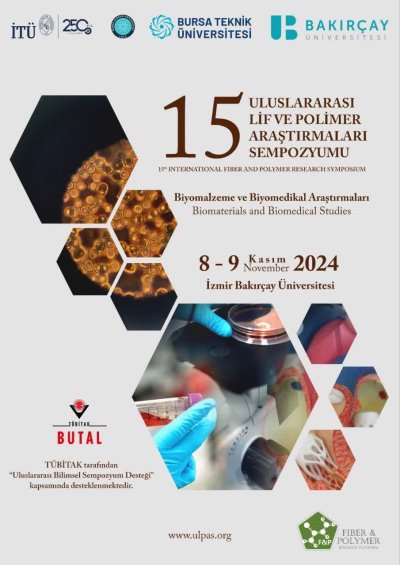0% Complete
Authors :
Keywords :
Abstract :
List of archived papers
Yasemin Dülek - İpek Yıldıran - Buğçe Sevinç - Esra Mert - Cem Güneşoğlu
Ebru Yabas - Rahmi Canpolat - Esra Kayas - Fatih Ozaydın
Ahsan Habib - Osman Babaarslan
Nurcan Karaca - Yasemin BALCIK TAMER - Demet Aydınoğlu
Seyedmansour BIDOKI - Hasan Tepe - Ali Demir
Ferhan Gebeş - İlter Sevilen
Ahmetcan Gün - Azra Albayrak - Fatmanur Parın - Recep İlhan - Uğur Parın



